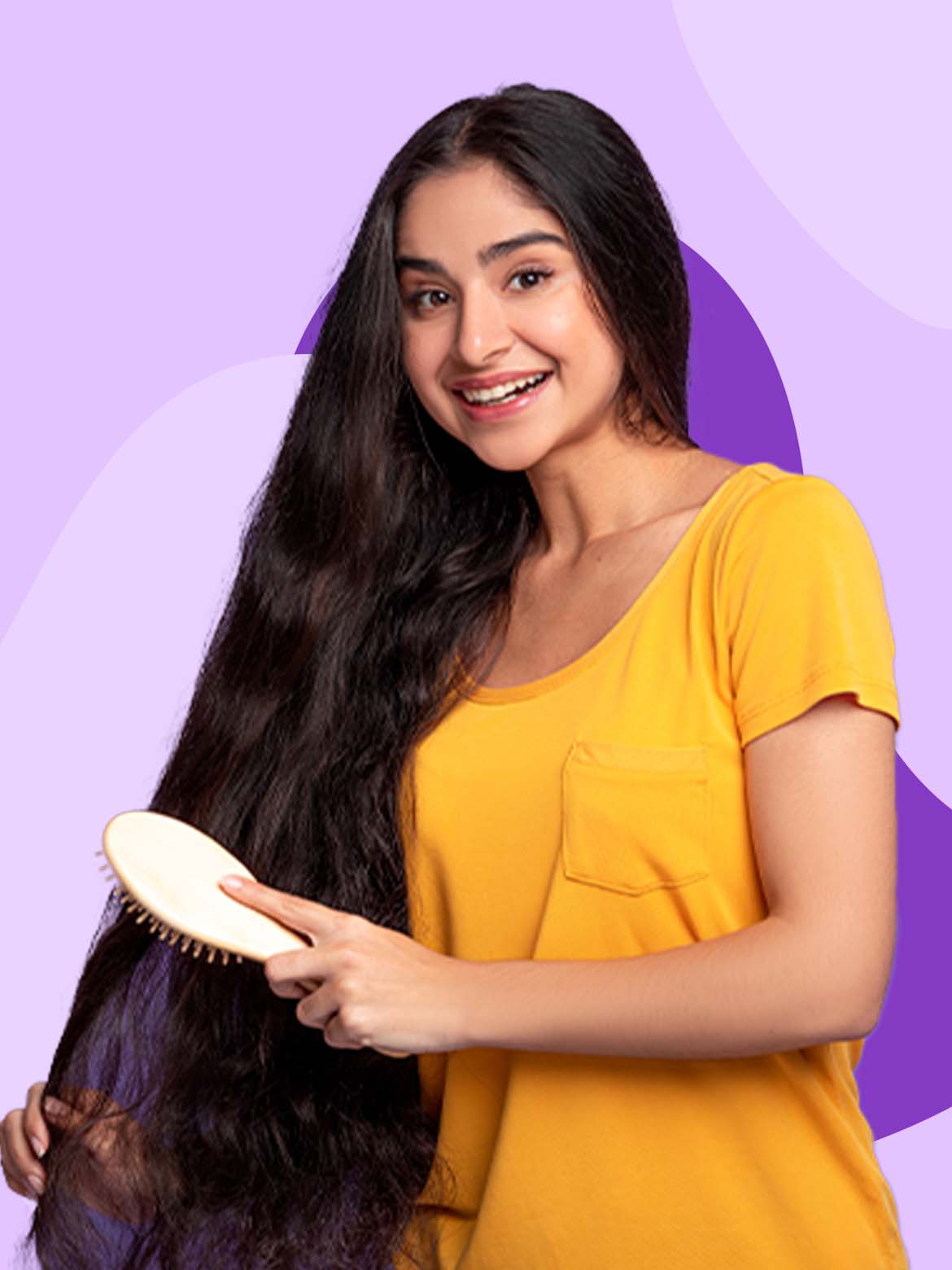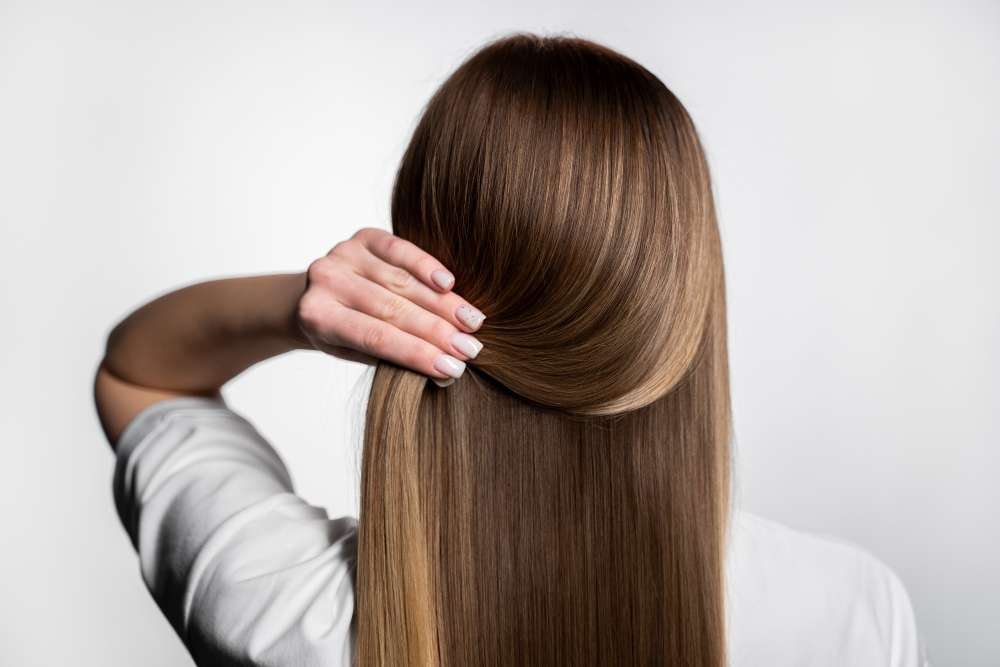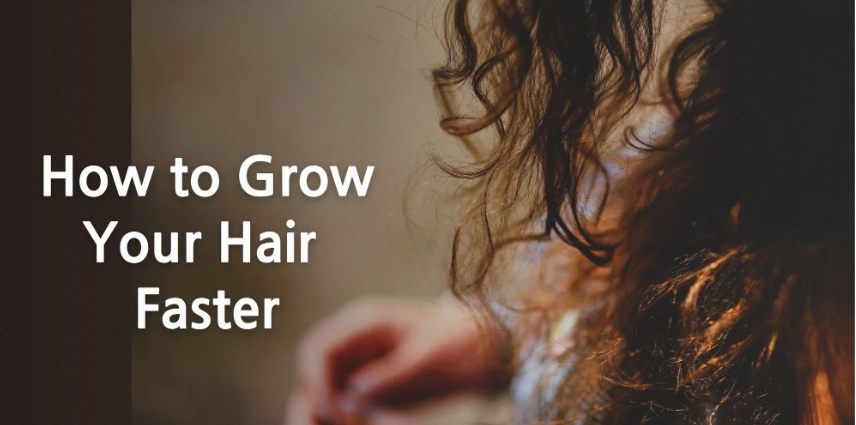How to Grow Hair Faster: Unveiling the Secrets to Long, Luscious Locks
Dreaming of Rapunzel-like hair? While genetics play a role in hair growth rate, several strategies can help you achieve longer, healthier hair. Here, we’ll explore effective methods to promote faster hair growth, from diet and scalp care to lifestyle habits and hair care practices.
Understanding Hair Growth: The Foundation for Faster Growth
Hair growth is a complex biological process that follows a cycle with three distinct phases: anagen (growth), catagen (transition), and telogen (resting). The length of the anagen phase determines your hair’s maximum potential length.
By promoting a healthy scalp environment and optimizing these phases, you can create conditions that favor faster hair growth.
Dietary Strategies for Faster Hair Growth: Nourishing from Within
A balanced diet rich in essential nutrients is crucial for healthy hair growth. Here’s what to focus on:
-
Protein: Hair is primarily composed of keratin, a protein. Include lean protein sources like chicken, fish, beans, and lentils in your diet.
-
Iron: Iron deficiency can lead to hair loss. Include iron-rich foods like spinach, red meat, and lentils in your diet.
-
Vitamins: Biotin, vitamin A, C, D, and E are all essential for healthy hair growth. Consume fruits, vegetables, and whole grains to ensure you get these vitamins.
-
Omega-3 Fatty Acids: Omega-3 fatty acids promote scalp health and hair growth. Include fatty fish like salmon, tuna, and flaxseeds in your diet.
-
Stay Hydrated: Adequate water intake is crucial for overall health, including hair growth. Aim for eight glasses of water daily.
Consider consulting a doctor or registered dietitian if you suspect nutrient deficiencies that might be hindering hair growth.
Scalp Care for Faster Growth: Creating a Healthy Foundation
A healthy scalp promotes a healthy environment for hair growth. Here are some tips:
-
Gentle Cleansing: Avoid harsh shampoos that can strip your scalp of natural oils. Opt for gentle, sulfate-free shampoos and focus on cleansing the scalp, not the lengths.
-
Scalp Massages: Regular scalp massages can improve circulation, bringing essential nutrients to the hair follicles. Massage your scalp gently for a few minutes daily.
-
Exfoliation: Scalp exfoliation removes dead skin cells and product buildup that can clog hair follicles. Exfoliate your scalp gently once a week with a scalp scrub.
-
Healthy Habits: Manage stress, which can disrupt hair growth. Get enough sleep, as hair growth occurs primarily during sleep.
Hair Care Practices for Faster Growth: Gentle Handling is Key
Hair that’s constantly damaged or stressed is less likely to grow long and strong. Here are some hair care tips to promote faster growth:
-
Minimize Heat Styling: Excessive heat styling with blow dryers, straighteners, and curling irons can damage hair. Limit heat styling and use heat protectant spray when necessary.
-
Gentle Brushing: Brush your hair gently with a wide-tooth comb to avoid breakage. Start at the ends and work your way up to detangle knots.
-
Treat with Care: Minimize chemical treatments like coloring or perming, as they can damage hair. If you do color your hair, opt for gentle formulas and deep condition regularly.
-
Trim Regularly: Split ends travel up the hair shaft, causing breakage. Get regular trims (every 8-12 weeks) to remove split ends and promote healthy hair growth.
-
Sleeping Habits: Sleeping on a silk or satin pillowcase can reduce friction and breakage. Tie your hair loosely in a braid to prevent tangles while you sleep.
Remember, consistency is key! By incorporating these practices into your routine, you can create a foundation for faster, healthier hair growth.
Supplements and Treatments: Exploring Additional Options
While a balanced diet and proper hair care are the cornerstones of faster hair growth, some additional options exist:
Hair Growth Supplements:
-
Biotin: This B-complex vitamin plays a role in hair health. Studies suggest biotin deficiency can contribute to hair loss. However, research on biotin’s effectiveness for promoting hair growth in individuals without a deficiency is inconclusive.
-
Iron: Iron deficiency is a well-established cause of hair loss. If you’re iron-deficient, consult your doctor about iron supplementation to address the deficiency and potentially promote hair growth.
-
Other Ingredients: Some hair growth supplements contain a combination of ingredients like zinc, vitamin D, or evening primrose oil. While these ingredients might support overall hair health, research on their direct impact on hair growth is ongoing.
Important Considerations:
-
Consult a Doctor: Before starting any hair growth supplements, discuss it with your doctor. They can assess your individual needs and potential interactions with any medications you’re taking.
-
Not a Magic Bullet: Supplements are not a substitute for a balanced diet and proper hair care. Think of them as potential support systems, not miracle cures.
-
Quality Matters: Choose high-quality supplements from reputable brands. Look for third-party certifications like USP (United States Pharmacopeia) or NSF International for quality assurance.
Scalp Treatments:
-
Minoxidil (Rogaine): This topical medication is FDA-approved for hair loss treatment in men and women. It’s believed to stimulate hair growth and slow hair loss. However, minoxidil requires consistent use for several months to see results, and it might not be suitable for everyone. Potential side effects include scalp irritation and unwanted hair growth in some cases.
-
Laser Therapy: Low-level laser therapy (LLLT) involves exposing the scalp to red light. Some studies suggest it may promote hair growth, but more research is needed to determine its long-term effectiveness. LLLT is typically offered by dermatologists or trichologists (hair specialists).
-
Platelet-Rich Plasma (PRP) Therapy: PRP therapy involves injecting a concentration of a patient’s own platelets into the scalp. The theory is that PRP stimulates hair growth by promoting blood flow and healing in the scalp. However, PRP therapy is a relatively new procedure, and research on its long-term efficacy for hair growth is ongoing.
Consult a Dermatologist:
-
Personalized Advice: If you’re considering scalp treatments like minoxidil, LLLT, or PRP therapy, consult a dermatologist. They can assess your scalp health, diagnose any underlying hair loss conditions, and recommend the most suitable treatment option for you.
-
Realistic Expectations: Scalp treatments can offer some benefits, but they aren’t guaranteed to work for everyone. A dermatologist can manage your expectations and discuss potential side effects.
Patience and Realistic Expectations: The Road to Long Hair Success
Growing longer hair requires patience and realistic expectations. Here are some additional points to consider:
-
Natural Growth Rate: Remember, everyone’s hair has a natural growth rate determined by genetics. While these strategies can promote faster growth, there’s a limit. Focus on healthy hair, and the length will follow.
-
Individual Results: What works for one person might not work for another. Experiment and find the practices that yield the best results for your hair type and scalp.
-
Hair Loss is Normal: We all shed hair daily. Losing 50-100 hairs a day is normal. Don’t be alarmed by occasional shedding, especially during hair washing or brushing.
-
Celebrate Small Victories: Hair growth is a gradual process. Celebrate small milestones, like less breakage or increased hair density.
-
Enjoy the Journey: Focus on creating healthy hair habits and enjoying the process. Healthy hair is beautiful hair, regardless of length.
By embracing these tips and maintaining a consistent hair care routine, you can unlock the potential for faster hair growth and achieve your long hair goals. Remember, beautiful hair is a journey, not a destination.

Leave a Reply